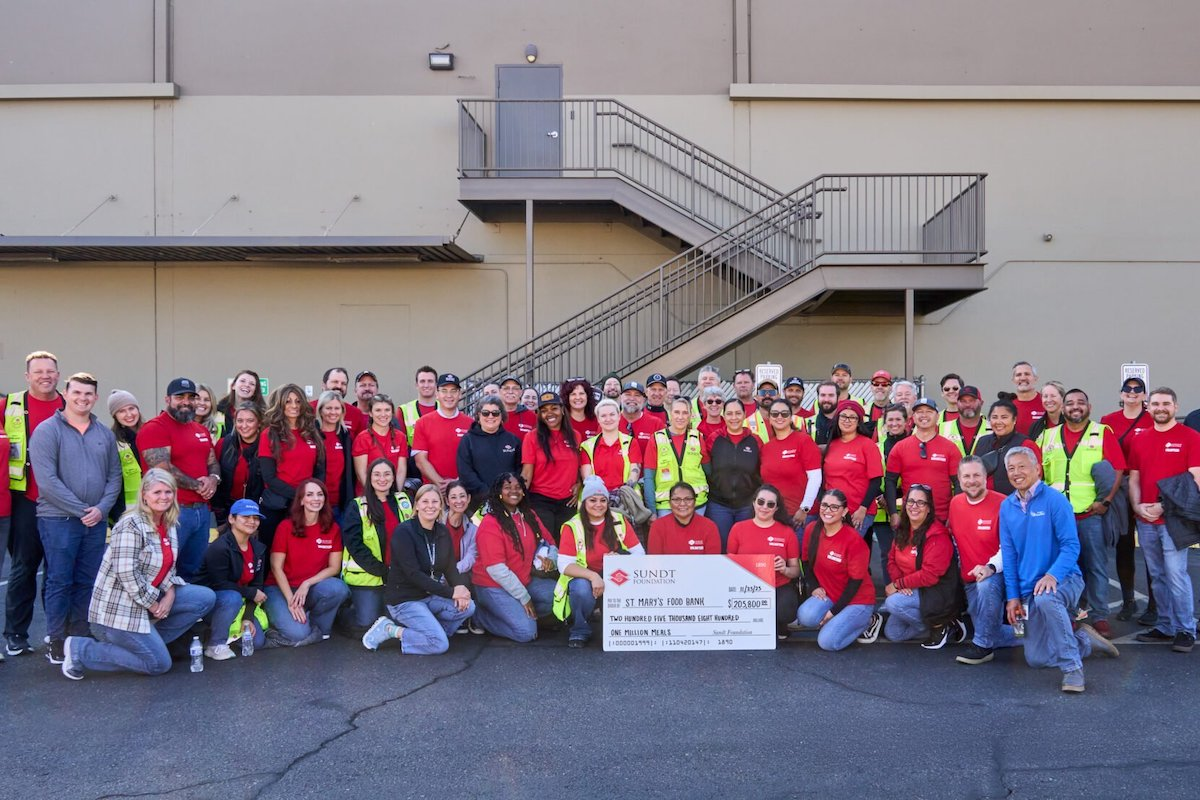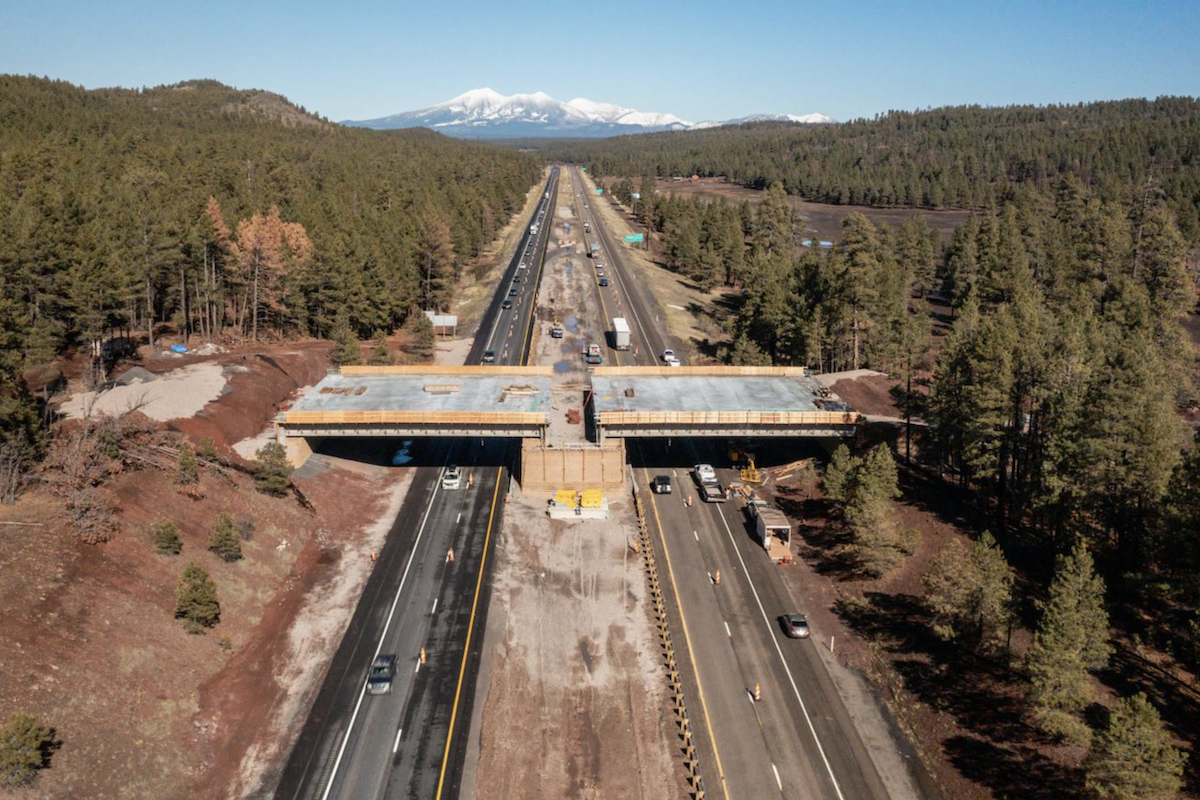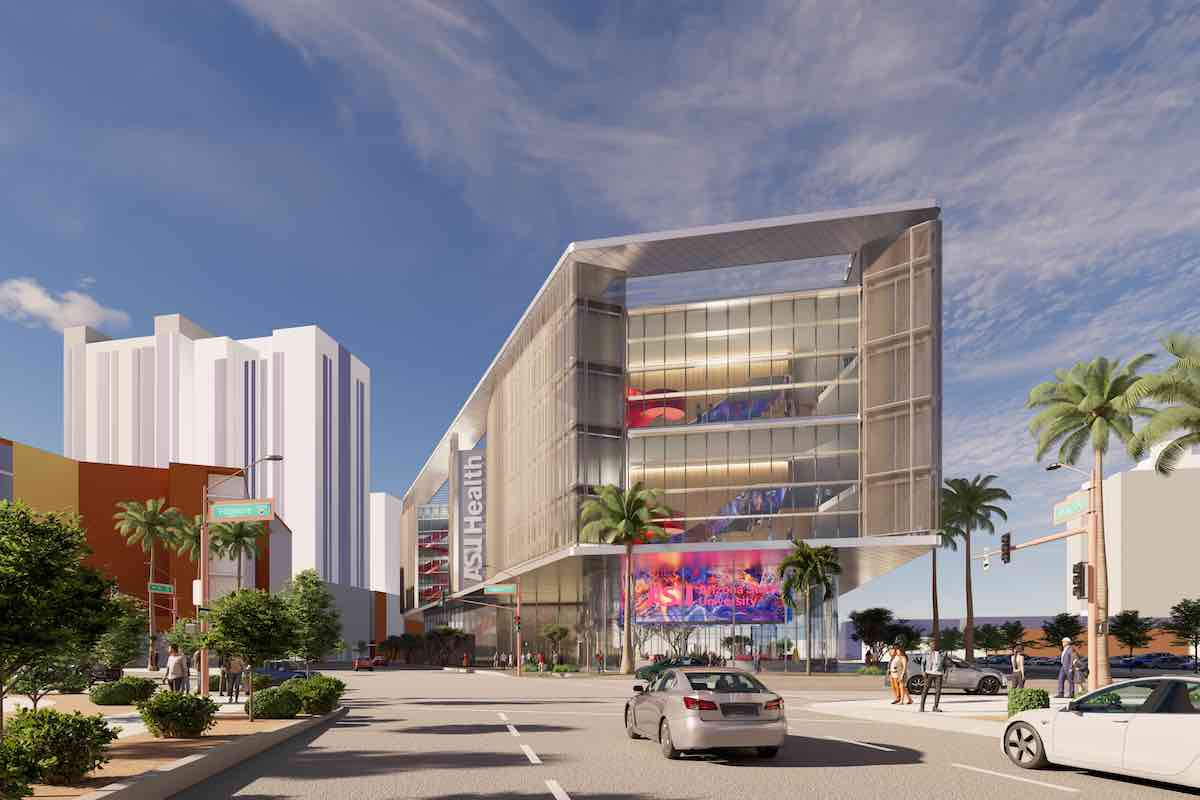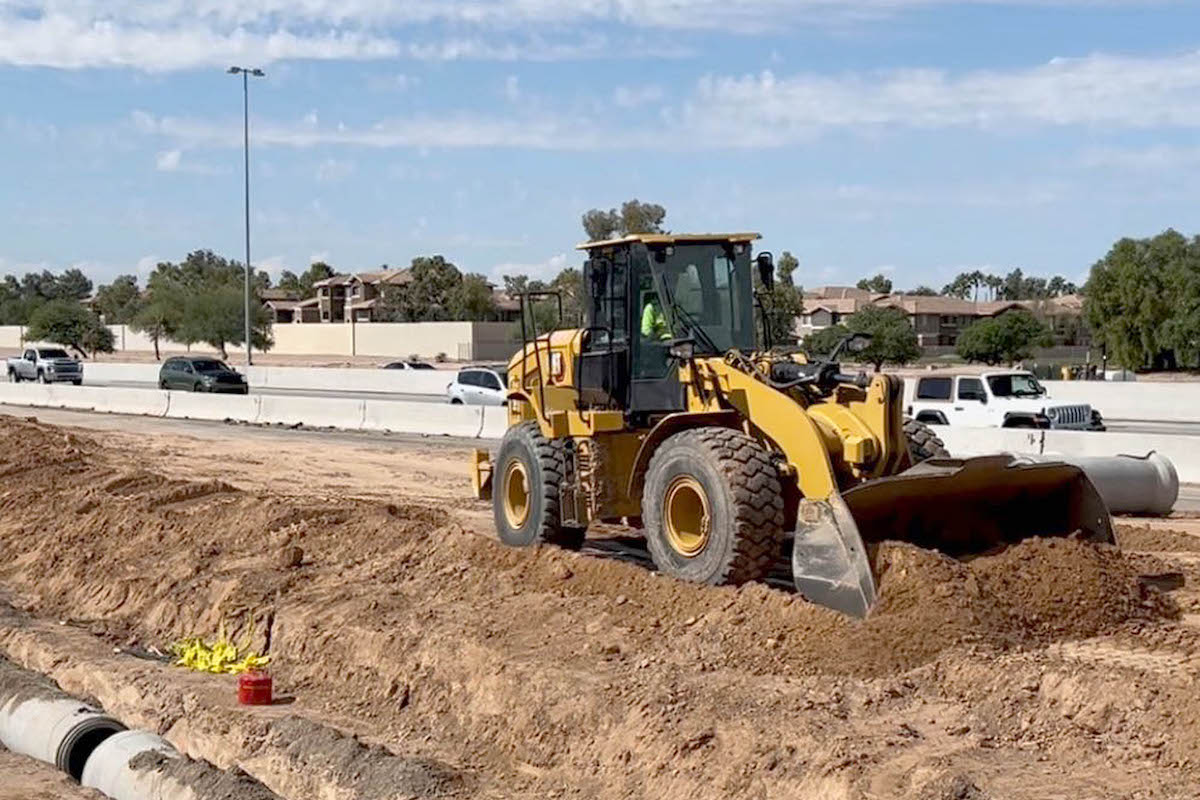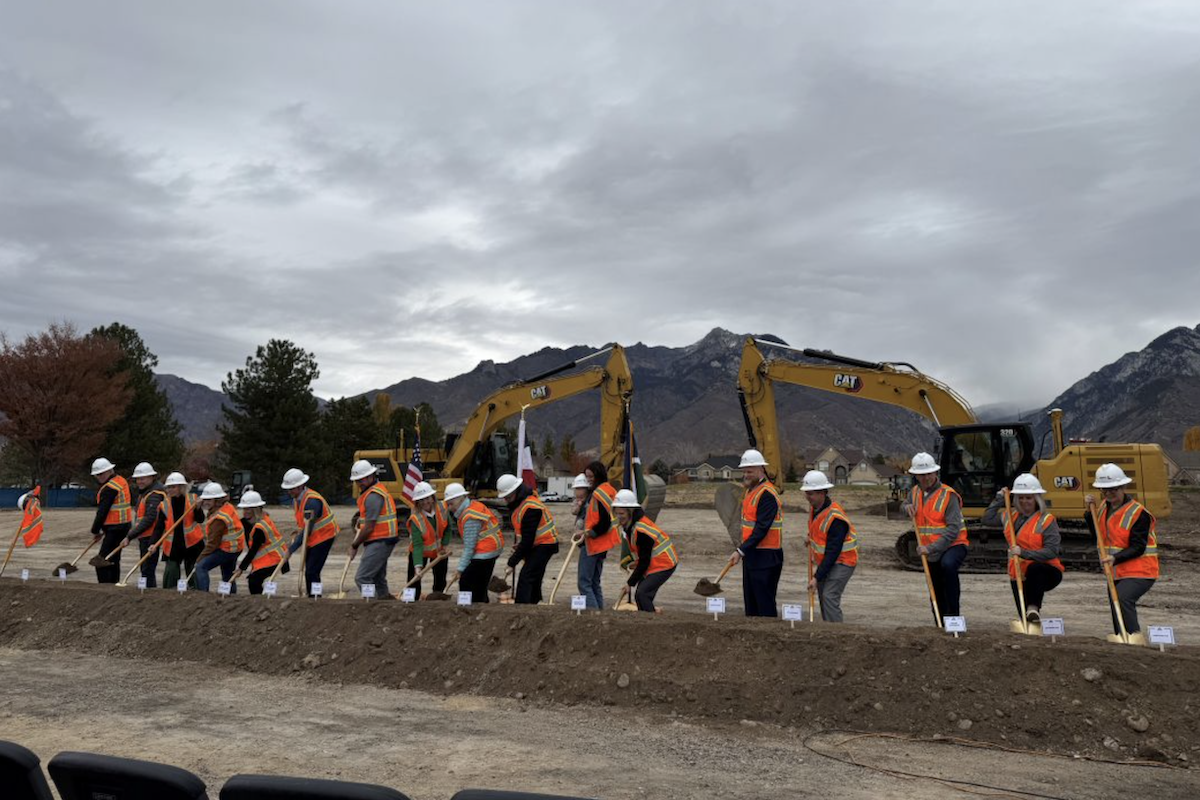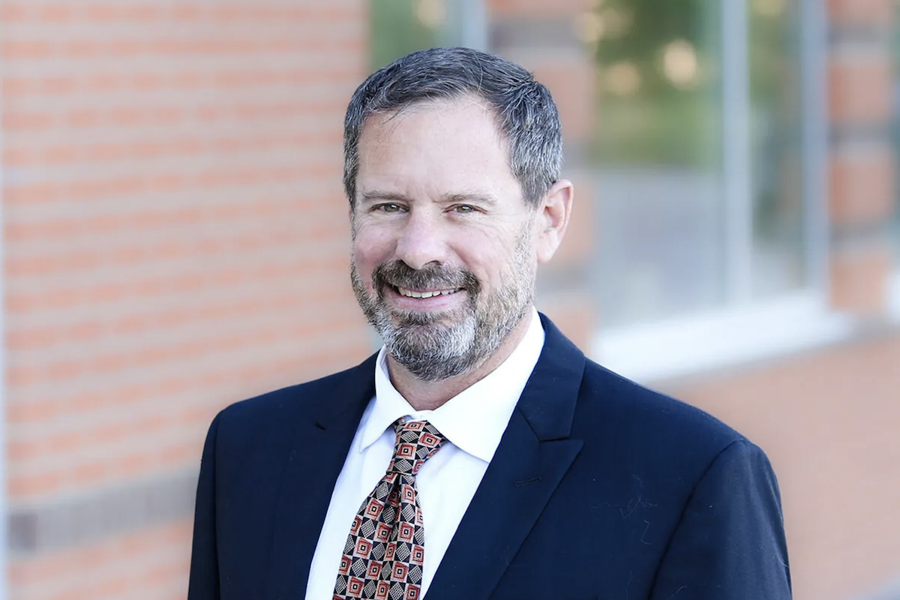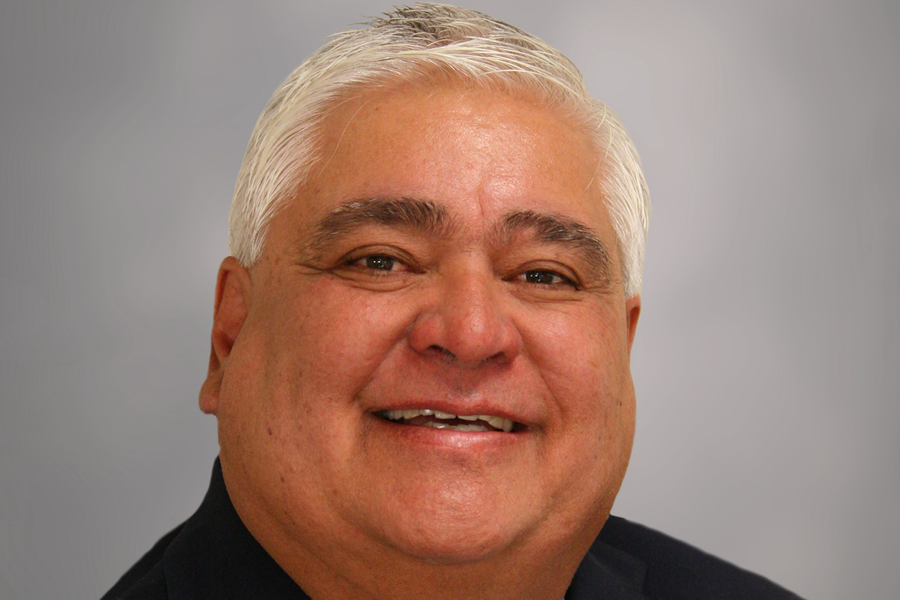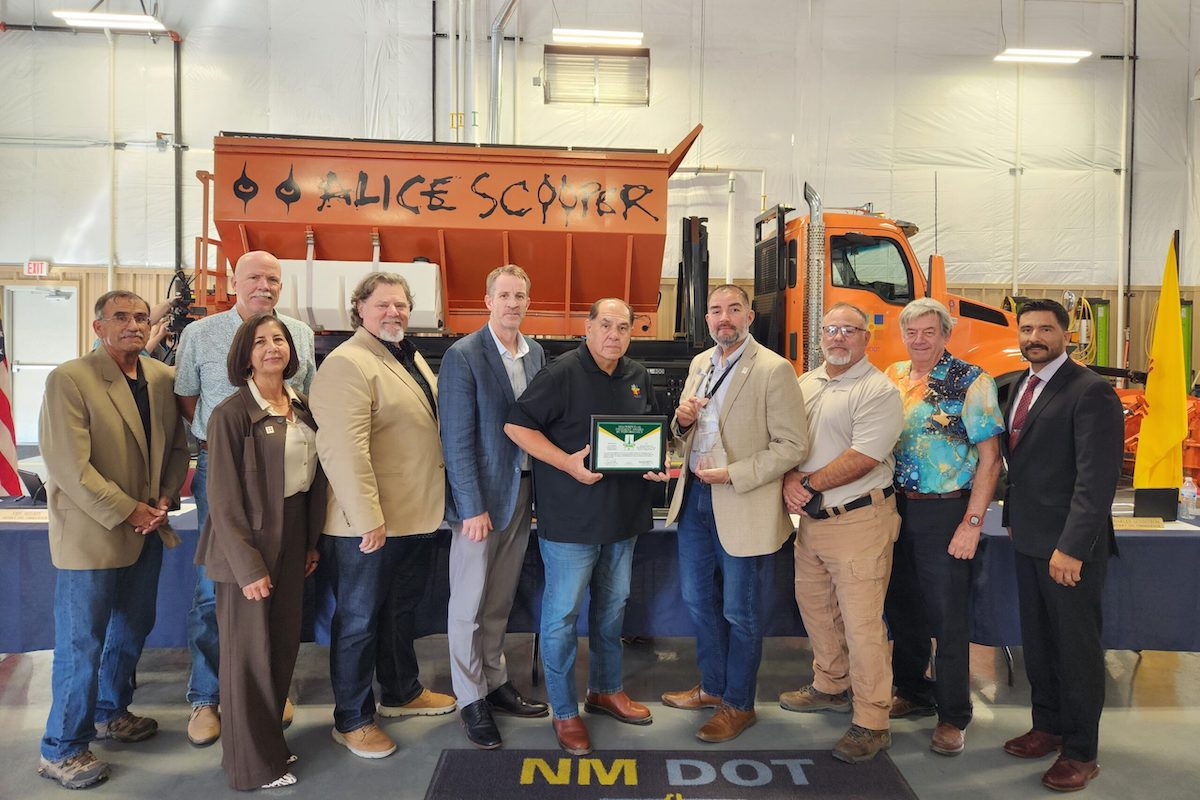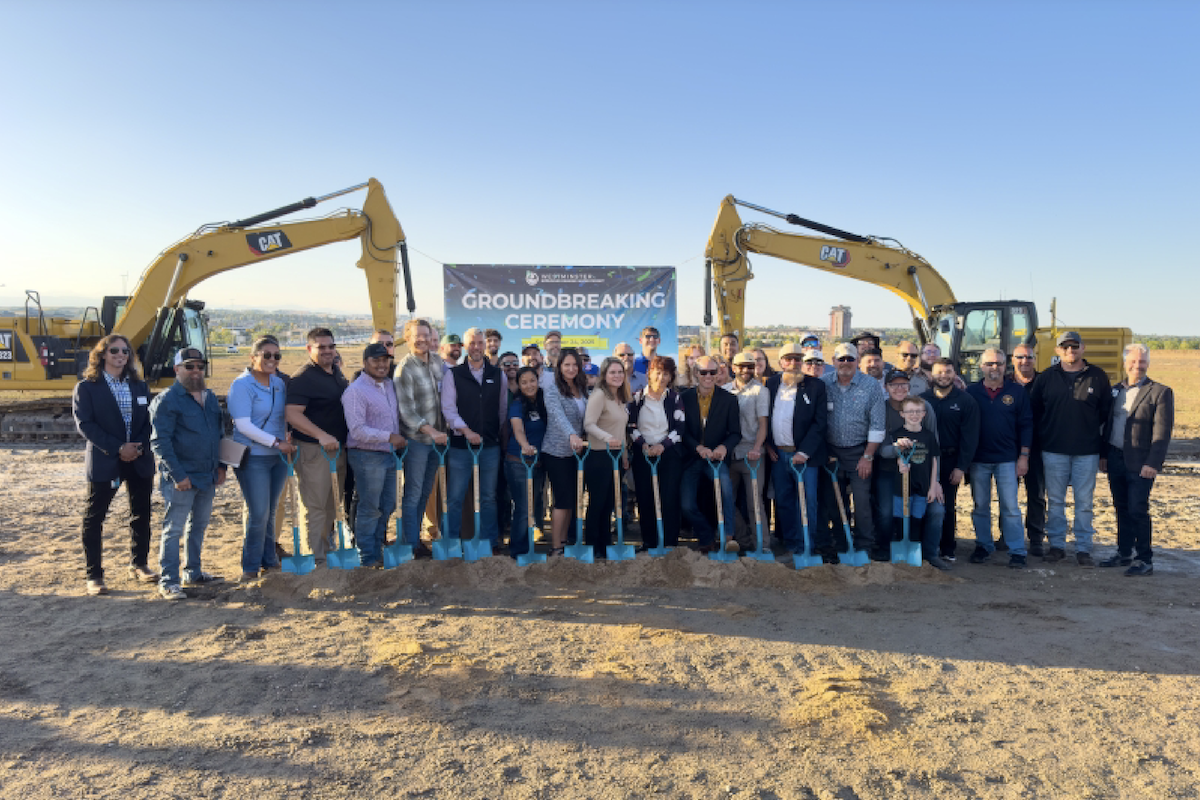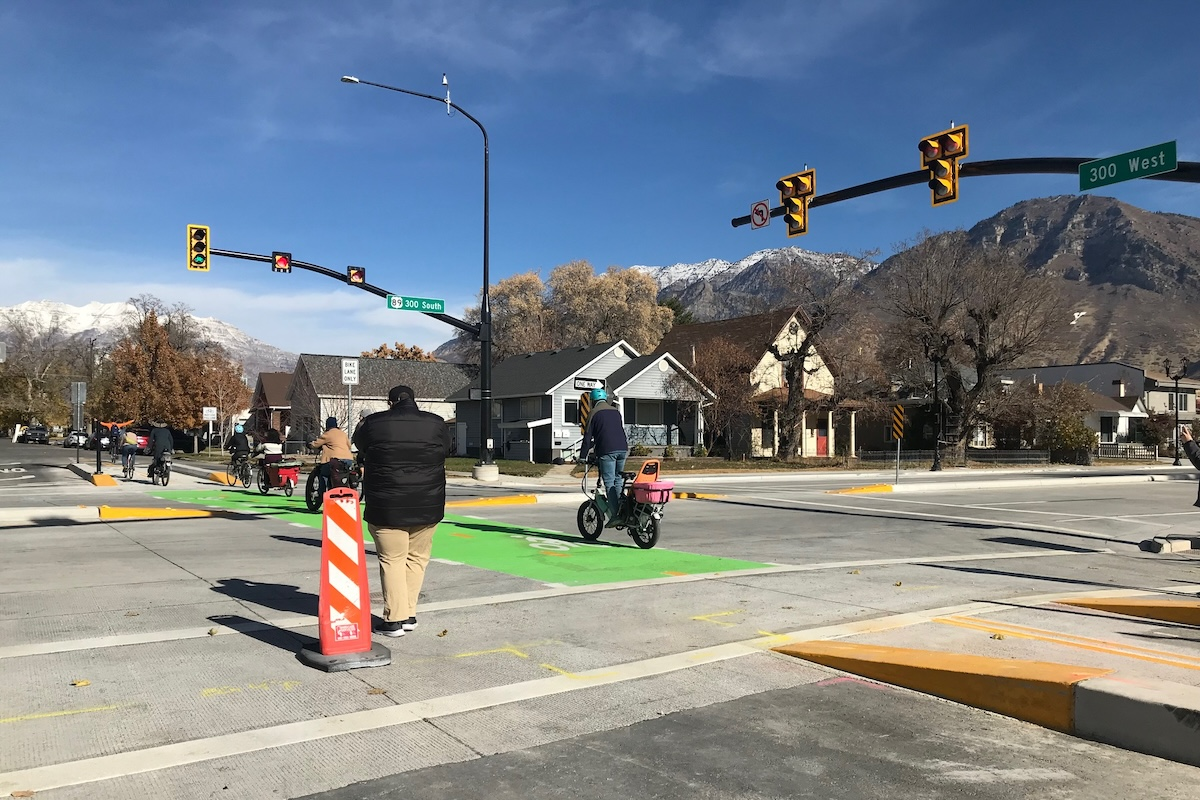“We are proud to be able to work together with Michigan DOT to improve safety and ease congestion through this corridor,” says David Nachman, CEO of Oakland Corridor Partners (OCP), the concessionaire on the public-private partnership project, with investor John Laing Group of New York.
A heavily traveled commercial and tourism route, Interstate 75 was built in the 1960s and had not received significant corridor upgrades since then. Additionally, it needed the ability to handle a greater capacity of vehicles. Pre-pandemic, about 174,000 vehicles drove on peak sections of I-75 daily.
Segment 1 was completed in 2017 and reconstructed 3.3 miles of road under a design-build contract. The 8.5-mile Segment 2 is under way, also with a design-build approach. It is scheduled for completion in 2021. High-occupancy vehicle (HOV) lanes are expected to open in 2023. About one mile of Segment 3 includes HOV lanes.
The Michigan Department of Transportation (MDOT) partnered with OCP of Madison Heights, Michigan, to design-build-finance-maintain Segment 3, a 5.5-mile-long section with 23 bridges being replaced and one new bridge constructed. Most have concrete girders, but one braided ramp and bridges over the Red Run Drain have steel girders. Design and utility work began in late 2018 and construction in May 2019. Construction cost is $630 million. Substantial completion is anticipated in 2023.

| Your local Volvo Construction Equipment dealer |
|---|
| Faris Machinery |
“This is Michigan’s first interstate highway project done as a P3,” Nachman says.
OCP hired AECOM of Los Angeles to provide engineering and construction management and subcontracted the construction work to MI 75 Constructors, a group of four Michigan construction companies: Ajax, Jay Dee, Dan’s Excavating, and C.A. Hull of Walled Lake. Three of the contractors had worked on the first segment of the I-75 project.
The four local contractors “have been a big plus for the job to be nimble in the market,” Nachman says. “They have great supply chains and people to draw from. It’s helped us. They know each other and trust each other.”
MDOT will repay OCP through achievement of four milestones during construction and then through quarterly payments during the maintenance term. The first $20 million milestone was proof of the TBM on site. The second will be completion of the tunnel and an operational pump station and is worth $40 million. Milestone three, at $40 million, is substantial completion of the project. And final acceptance will be paid at $1 million.
The agreement includes a 25-year maintenance term, which will end in 2048. Those availability payments will average $54 million per year, which will pay off bonds, and provide for maintenance and rehabilitation costs, such as repaving, incident management and other repairs.

| Your local Bobcat dealer |
|---|
| Ditch Witch West |
| Faris Machinery |
| Romco Equipment Co |
“There was not the ability to obtain additional right-of-way,” Nachman reports.
In general, each of the contractors has its own specialty and is handling that aspect of the project. Dan’s handles excavations, grading, drainage pipes, and retaining walls. C.A. Hull builds the bridges, and Ajax paves. “They are cooperatively working together,” Nachman says.
On the main line of expressway, construction activity takes place from March 1 through November 15. “We cannot do work on the main line or the shoulders during the winter season,” Nachman says.
One of the most exciting and interesting aspects of the project is the 4-mile-long, 14-foot diameter storage and drainage tunnel and a pump station. Jay Dee serves as the tunnel contractor.
“We are constructing a storage and drainage tunnel to improve drainage along the corridor,” Nachman says.

| Your local Gomaco dealer |
|---|
| Faris Machinery |
| Tri-State Truck & Equipment Inc |
In 2014, an intense storm caused flooding on the expressway. MDOT hopes to avoid a repeat with this tunnel system. Currently stormwater drains into a combined system of stormwater and wastewater. The tunnel will separate that and hold only stormwater.
“By separating it, you decrease the overall treatment needs,” Nachman says.
The length and size of the tunnel will provide storage capacity. Water will gravity flow to a pump station under construction, which is strategically located at an Oakland County water treatment facility. The county also will operate the pump station.
OCP has kept on schedule, even with COVID-19’s effects on the project. The TBM was manufactured in Germany. TBM acceptance in January took place in Germany before the pandemic, but borders were closed and the machine needed technicians from Germany to install it. OCP came up with a “plan B” and technicians from other projects in the United States helped get it moving. Proof of the TBM on site was a contractual milestone, which OCP met a month early.
Crews excavated a launch shaft at a midpoint along the tunnel, at the I-696 and I-75 interchange, near a grout plant. Another shaft was dug at the pump station. The TBM will bore to the pump station, be removed through a shaft, taken back to the launch site, and lowered again to bore in the opposite direction.

| Your local Trimble Construction Division dealer |
|---|
| SITECH Northwest |
| SITECH Rocky Mountain |
| SITECH Southwest |
The boring continues through the winter, with two 10-hour shifts, six days per week. The tunnel ranges from 35 feet to 100 feet below the ground, flowing downward to the pump station. The tunnel had to be installed deep enough not to interfere with other structures or utilities. The ground at that level is not frozen.
The TBM is a single-shield machine, which includes a cutterhead equipped with soft ground cutting tolls, a muck-ring located in the plenum and equipped with a hydraulically operated closure gate, and a belt conveyor system. The front end of the belt conveyor system is housed inside the muck-ring and extends all the way to the discharge point at the back of the machine. The conveyor belt moves the muck from the front of the TBM to rail cars at the rear of the TBM, which transport the material for removal at the launch shaft.
A segment erector, which places 5-foot-long precast concrete panels to create the walls of the tunnel, is located within the front shield. Six liner pieces fit together to form each ring. The TBM is operated by an engineer from a cab within the TBM gantry system. The engineer has access to real-time data showing the location and direction of travel for the TBM.
The project has progressed smoothly, with roadwork and tunneling taking place at the same time during the summer.
“I am proud of how the team is working together,” Nachman says. “We are collaborating on a daily basis with issues getting resolved internally without the need for formal dispute resolution.”

| Your local Volvo Construction Equipment dealer |
|---|
| Faris Machinery |
Photos courtesy of Oakland Corridor Partners, Madison Heights, Michigan
















